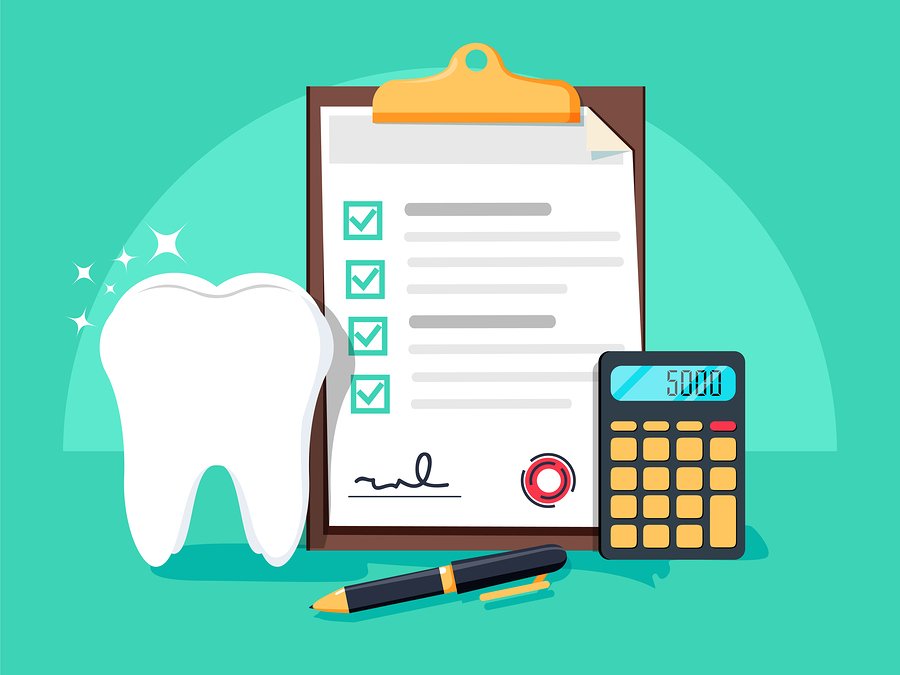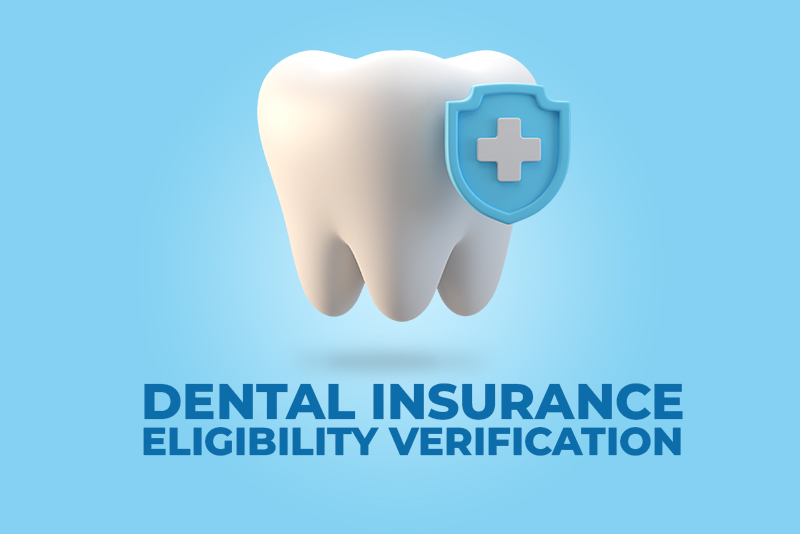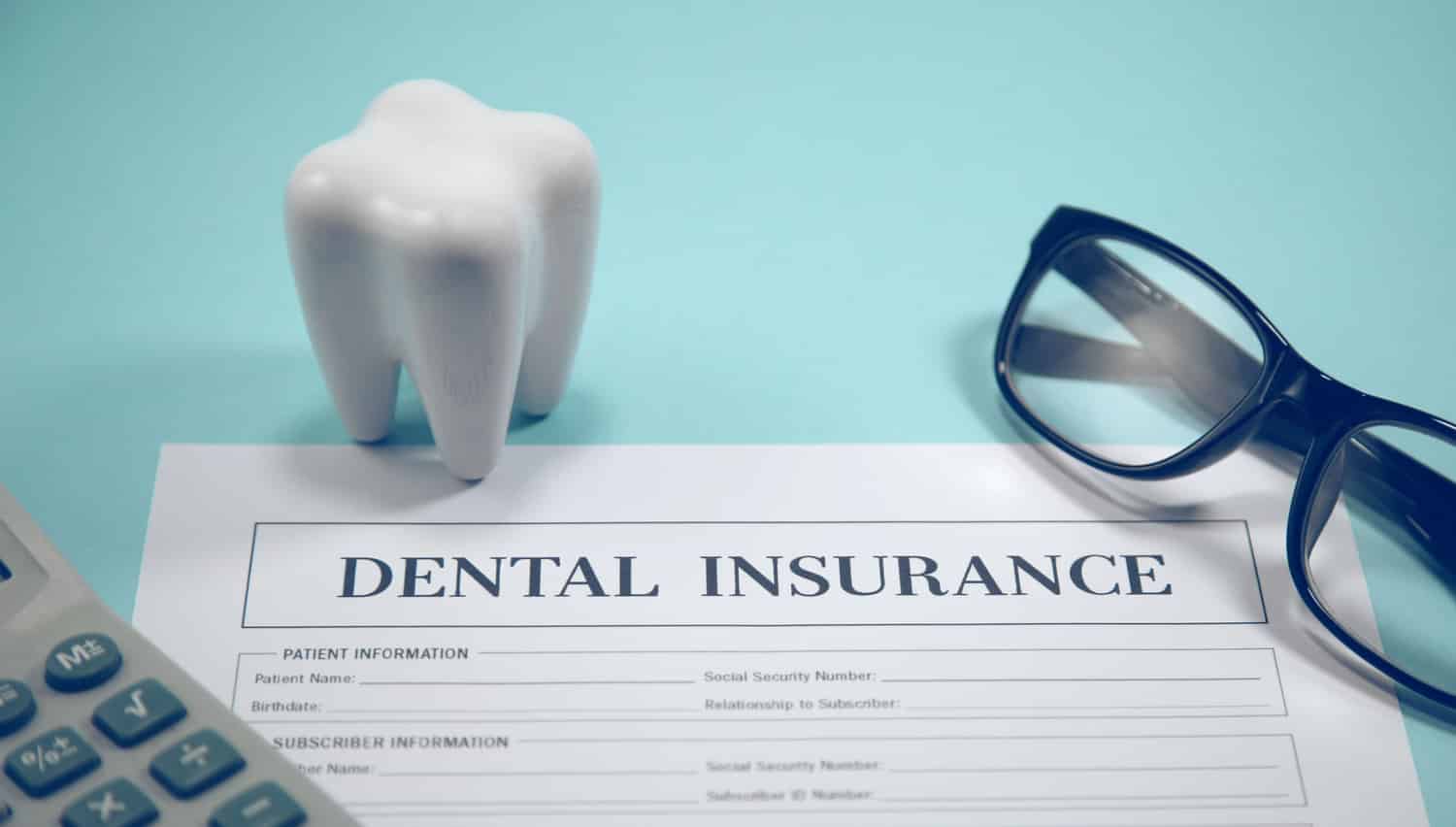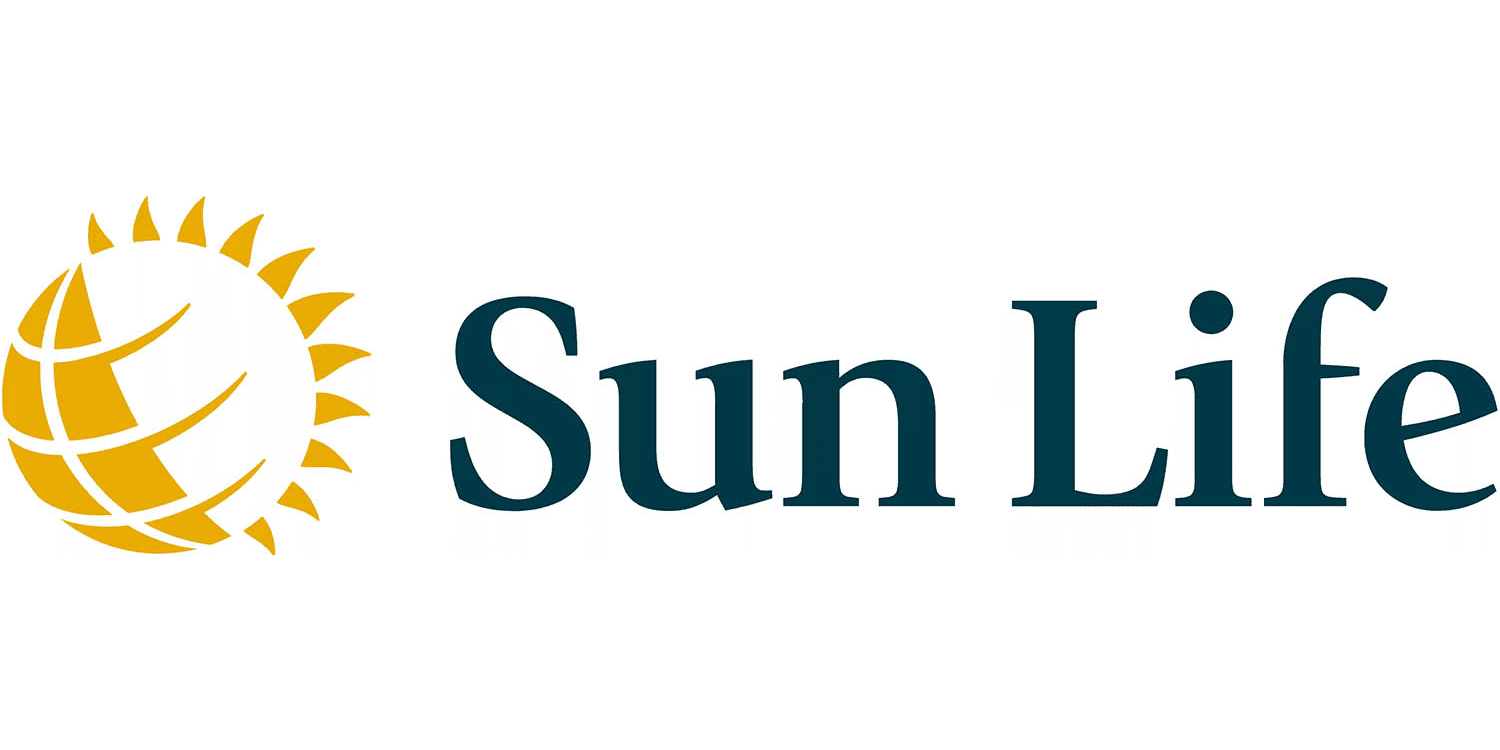Comprehensive Guide to Dental Insurance
Dental insurance is a type of health coverage specifically designed to help cover the costs of dental care. It plays a crucial role in maintaining oral health, preventing dental issues, and reducing the financial burden associated with dental treatments. Understanding dental insurance and its various plans can help individuals and families make informed decisions about their dental care.

Table of Contents
Sun Life Insurance Claim: A Comprehensive Guide 2024
Sun Life Insurance Claim: A Comprehensive Guide 2024 Navigating the process of filing an insurance c…
Professional Liability Insurance: Best Guide 2024
A Comprehensive Guide to Professional Liability Insurance (Errors & Omissions) Professional liab…
Understanding TATA AIG Insurance: A Comprehensive Guide 2024
Regarding securing the future, nothing stands out quite like insurance. It’s the comforting cushion …
Understanding Ladder Life Insurance 2024: Climbing the Rungs of Financial Security
Ladder Life Insurance: When it comes to securing your financial future and providing for your loved …
Best Guide to Motorcycle Insurance 2024
A Comprehensive Guide to Motorcycle Insurance Motorcycle insurance is essential for protecting rider…
Allstate Car Insurance: Comprehensive Coverage and Benefits 2024
Allstate Car Insurance, one of the largest insurance providers in the United States, offers a range …
Importance of Dental Insurance
Dental insurance is essential for several reasons:
- Preventive Care: It encourages regular dental check-ups and cleanings, which are vital for preventing serious dental issues.
- Cost Savings: It helps reduce out-of-pocket costs for dental treatments, including expensive procedures like root canals and crowns.
- Oral Health: Good oral health is linked to overall health. Dental insurance supports maintaining oral hygiene and preventing infections that can impact general health.
- Financial Protection: It provides financial protection against unexpected dental expenses, making dental care more affordable and accessible.

Types of Dental Insurance Plans
Dental insurance plans come in various forms, each with distinct features, coverage levels, and costs:
1. Preferred Provider Organization (PPO) Plans
PPO dental plans offer flexibility in choosing dentists. These plans have a network of preferred providers, and members can receive care from any dentist, but using in-network dentists results in lower out-of-pocket costs. PPO plans usually have higher premiums but offer comprehensive coverage and greater choice.
2. Health Maintenance Organization (HMO) Plans
HMO dental plans, also known as Dental Health Maintenance Organizations (DHMOs), require members to choose a primary care dentist from the plan’s network. Referrals are needed to see specialists. HMOs often have lower premiums and out-of-pocket costs but offer less flexibility in choosing dentists.
3. Indemnity Plans
Indemnity dental plans, also known as fee-for-service plans, allow members to visit any dentist. The plan reimburses a portion of the cost for covered procedures. These plans offer the greatest flexibility but typically have higher premiums and out-of-pocket costs.
4. Discount Dental Plans
Discount dental plans are not insurance but provide discounts on dental services from participating dentists. Members pay an annual fee to access discounted rates for various dental procedures. These plans can be a cost-effective option for those without traditional dental insurance.
5. Dental Savings Plans
Similar to discount plans, dental savings plans involve paying an annual membership fee to access reduced rates for dental services. They are suitable for individuals who want to save on dental care without paying high insurance premiums.

Average Costs
Prices for the best dental insurance vary depending on whether you’re purchasing an individual plan or a family plan, where you live, which dental insurance provider you choose and in some cases, any preexisting conditions that might apply.
For example, based on search results from eHealth, monthly premiums for dental insurance plans range from $11 to $60 per month for a 27-year-old nonsmoking male in Atlanta, Georgia, with most available dental insurance for individuals priced between $25 and $50. The monthly premium for a 59-year-old male in the same area is more likely to be between $25 and $50 or above. For both individuals, the annual deductible will be on average around $50. The average yearly maximum benefit ranges between $1,000 and $3,000, in line with national averages.
Coverage Levels in Dental Insurance
Dental insurance plans typically categorize coverage into three main levels:
- Preventive Care: Includes routine check-ups, cleanings, X-rays, and fluoride treatments. Most plans cover preventive care at 100%, with no out-of-pocket costs to the member.
- Basic Procedures: Includes fillings, extractions, and periodontal treatment. Coverage for basic procedures is usually around 70-80%, with the member responsible for the remaining costs.
- Major Procedures: Includes crowns, bridges, dentures, and root canals. Coverage for major procedures is typically 50%, with higher out-of-pocket costs for the member.
Choosing the Right Dental Insurance Plan
Selecting the right dental insurance plan involves considering various factors:
- Budget: Determine how much you can afford to pay in premiums and out-of-pocket costs.
- Dental Needs: Assess your dental health needs, including any ongoing treatments, potential major procedures, and family members’ dental care.
- Coverage: Review the coverage details, including the percentage of costs covered for preventive, basic, and major procedures.
- Network: Check if your preferred dentists are in the plan’s network.
- Waiting Periods: Be aware of waiting periods for certain procedures, especially major treatments.
Understanding Dental Insurance Terms
Familiarizing yourself with common dental insurance terms can help you navigate your plan more effectively:
- Premium: The amount you pay monthly or annually for dental insurance coverage.
- Deductible: The amount you pay out-of-pocket before your insurance begins to cover costs.
- Coinsurance: The percentage of costs you share with the insurance company after meeting the deductible.
- Copayment: A fixed amount you pay for a specific service, such as a dental visit or procedure.
- Annual Maximum: The maximum amount the insurance company will pay for covered services in a plan year.
- Exclusions: Services or procedures not covered by the insurance plan.
- Waiting Period: The period you must wait before certain coverage becomes effective.
Benefits of Dental Insurance
Dental insurance offers numerous benefits:
- Access to Care: Ensures access to necessary dental care and preventive services.
- Cost Management: Helps manage the cost of dental treatments and reduces out-of-pocket expenses.
- Health Benefits: Supports overall health by maintaining good oral hygiene and preventing dental issues.
- Peace of Mind: Provides peace of mind knowing that you have coverage for dental emergencies and major procedures.
- Regular Check-ups: Encourages regular dental visits, leading to early detection and treatment of dental problems.
Challenges of Dental Insurance
Despite its benefits, dental insurance also presents challenges:
- Cost: Premiums, deductibles, and out-of-pocket costs can add up, especially for major procedures.
- Coverage Limits: Annual maximums and exclusions can limit the amount of coverage available.
- Waiting Periods: Waiting periods for certain procedures can delay needed treatments.
- Network Restrictions: Some plans limit the choice of dentists to those within the network.
Tips for Maximizing Dental Insurance Benefits
To make the most of your dental insurance, consider the following tips:
- Utilize Preventive Care: Take advantage of covered preventive services like cleanings and check-ups to maintain oral health.
- Plan for Major Procedures: If possible, schedule major procedures across plan years to maximize your annual coverage limits.
- Understand Your Plan: Familiarize yourself with your plan’s coverage, exclusions, and waiting periods to avoid surprises.
- Choose In-Network Dentists: Use in-network dentists to reduce out-of-pocket costs.
- Track Your Expenses: Keep track of your dental expenses and monitor your progress toward the annual maximum.

Enrollment and Eligibility
Eligibility and enrollment in dental insurance depend on the type of plan and the provider. Many employers offer dental insurance as part of their benefits package. For those without employer-sponsored coverage, dental insurance can be purchased through private insurers or health insurance marketplaces.
Is Dental Insurance Worth It?
The American Dental Association estimates that in 2013, adults without dental insurance plans paid on average between $685 and $1,624 per year out of pocket for market value dental care. All age groups face more financial obstacles to dental care than any other health service, yet children face lower financial barriers to dental care than working-aged adults and seniors, as average costs tend to increase as one grows older.
The consequences of avoiding the dentist only worsen the longer you wait. Plaque buildup, cavities and late detection of oral cancer can all be prevented with regular dentist visits.
Still, cost is the primary barrier to getting dental care, according to the ADA. This is especially evident in recent years: About 15.2% of the U.S. population who needed dental care between 2013 and 2016 did not get it due to affordability, lack of coverage for their procedures and other financial hurdles.
Fortunately, you have plenty of budget-friendly dental insurance policies to choose from.

Conclusion
Dental insurance is a valuable tool for maintaining oral health and managing the costs of dental care. By understanding the different types of dental insurance plans, coverage levels, and key terms, individuals and families can make informed decisions about their dental insurance needs. Despite the challenges, the benefits of dental insurance make it an essential part of a comprehensive health care plan.







